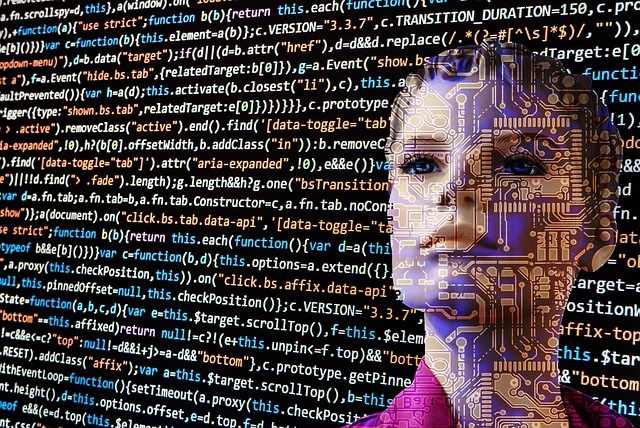Home >Technology peripherals >It Industry >U.S. judge rules: Artworks created purely by AI have no copyright protection
U.S. judge rules: Artworks created purely by AI have no copyright protection
- 王林forward
- 2023-08-24 08:21:131569browse
The Washington, D.C., U.S. court made a ruling on the evening of August 22, concluding that artworks created purely by artificial intelligence are not protected by U.S. law. However, if works created by artificial intelligence in collaboration with human authors can still obtain copyright protection
American computer scientist Stephen Thaler believes that the AI system DABUS he developed can create works of art, and the system should have copyright in the artwork, but U.S. District Judge Beryl Howell denied the request.

DABUS is a "device for the autonomous bootstrapping of unified sentience" abbreviation of. Taylor has previously applied for patents for DABUS in the United Kingdom, South Africa, Australia, and Saudi Arabia, but with little success.
Taylor's attorney, Ryan Abbott, said he and his client disagreed with the court's ruling and they would appeal. The U.S. Copyright Office said in a statement that it believed the court's ruling was correct.
With the development of generative AI technology, copyright has become the focus of public attention. Artists have previously requested copyright for AI images generated using the Midjourney system, with the artist admitting that Midjourney is only part of the creative process. The U.S. Copyright Office does not agree with the artist's point of view and refuses to recognize that copyright belongs to the creator.
Howell believes that as artists incorporate artificial intelligence into their toolbox, copyright issues reach new areas, which creates new challenges for copyright law. Howell also emphasized: "Nonetheless, this case is not complicated."
In 2018, Taylor applied for copyright for a visual artwork titled "A Recent Entrance to Paradise," which he said It is created by AI, with no "human input". Last year the U.S. Copyright Office rejected Taylor's request, arguing that a creative work must have a human author if it is to be copyrighted.
Taylor believes that the law does not clearly require that works must have human authors. The reason why the U.S. Constitution advocates copyright protection is to promote the progress of science and practical arts, and the concept of AI copyright is consistent with this purpose. Howell agreed with the U.S. Copyright Office that copyright, as has been understood for centuries, requires a human author and is a basic requirement.
Advertising Statement: This article contains external jump links (including but not limited to hyperlinks, QR codes, passwords, etc.), which are intended to provide more information, save screening time, and are for reference only. Please note that all articles on this site contain this statement
The above is the detailed content of U.S. judge rules: Artworks created purely by AI have no copyright protection. For more information, please follow other related articles on the PHP Chinese website!

